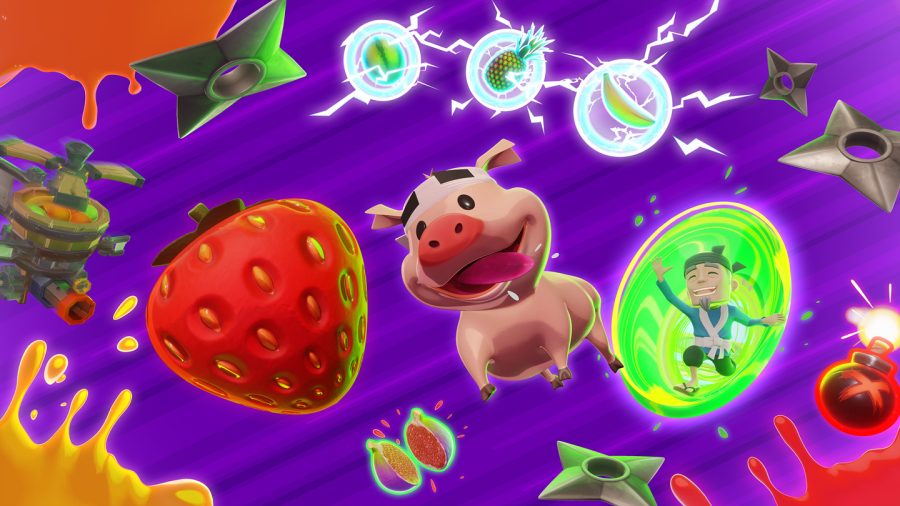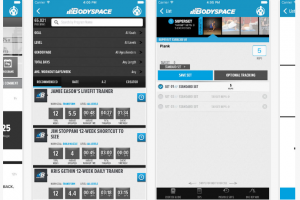As an app developer, you might have wondered why some mobile games have users returning back for more while others don’t. The secret to this lies in game retention — a secret sauce that keeps players engaged and returning for more. Having a high retention rate is important because it makes app growth much easier, increases revenue, provides feedback from long-term users, and it is cheaper to retain a user base than to acquire a new one.
So how can you increase mobile games retention rates? Let us find out, as we discuss several practical strategies to increase player retention.
Optimize the Onboarding Experience
First impression truly matters, especially in the world of gaming, where users are too quick to judge. A confusing or vague onboarding or start can leave a negative impression on players, with many players leaving the game within the first few hours. To prevent this from happening, you should optimize the onboarding experience as much as you can. Everything should be optimized and streamlined, from the first interaction of the player with the game.
This involves creating an intuitive step-by-step tutorial, letting players learn by doing, offering early wins and rewards, providing clear objectives, and minimizing friction.
Update App Content Regularly
To succeed in the world of mobile gaming where competition is fierce and retain users, you need to update the game content regularly. Mobile gamers of today start to lose interest in the game if it is too predictable or the game becomes stagnant. This is what you should avoid by adding fresh content to the game (preferably every month) to keep the players engaged and coming back for more.
Releasing regular updates and teasing upcoming content can spark the interest of players in the game and keep them coming back for more and more. Just make sure that you set a regular release schedule, mix big updates with smaller ones, regularly adjust the game balance to keep the game meta fresh, and hype the upcoming update as much as you can using social media. Plus, release the update on all major app stores including the Vivo V-Appstore so that users can promptly download APK and enjoy the new content.
Foster a Strong Community
Building a community around your mobile game is so important these days because every popular game or even app that you look at including the UC Browser has its dedicated communities. Fostering a strong community around your game can boost player retention, create social bonds, and allow players to discuss the game, share strategies, and connect.
To foster a strong community for your mobile game, make sure that you develop a subreddit for the game, host in-game tournaments and events, encourage user-generated content, update players on game news and plans, and keep your social media accounts as active as possible. This will enable you to build a vibrant, supportive community of loyal players.

Implement a Rewarding System
If your game does not have an in-game reward system that rewards the players for their achievements or milestones, then they are most likely to lose interest. When players lose interest in a game, they are less likely to return to the game, unless there is something very exciting about the game coming. So to prevent players from losing interest, implement a rewarding progression system in the game that makes players feel accomplished while encouraging them to engage with the game for the long term.
Leverage Push Notifications
Push notifications are the heart and soul of mobile games, that if done right, can bring so much engagement from players. Push notifications can be both helpful and harmful, depending on how you use them. If you use them well, then they can boost player retention and encourage them to keep coming back. However, if done the wrong way or excessively, then they can drive players away.
The key for push notifications is to find a balance, tailor the notification based on player behavior and preferences, and send notifications when they are more likely to engage. In addition, use push notifications to reconnect with inactive players to highlight what they have missed by not engaging with the game.






 Your total news and information resource for all things Science, Technology, Engineering / Mathematics, Art, and Medicine / Health.
Your total news and information resource for all things Science, Technology, Engineering / Mathematics, Art, and Medicine / Health.
Leave a Comment